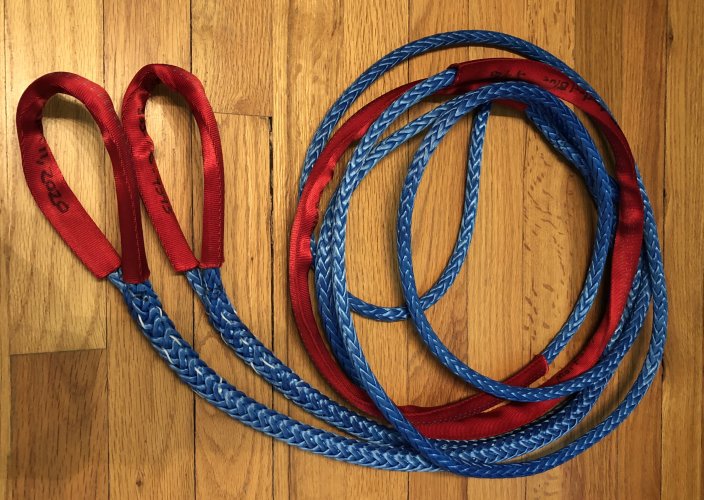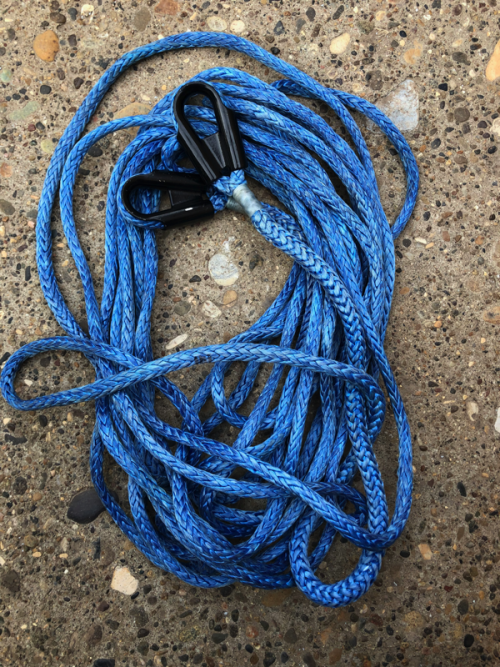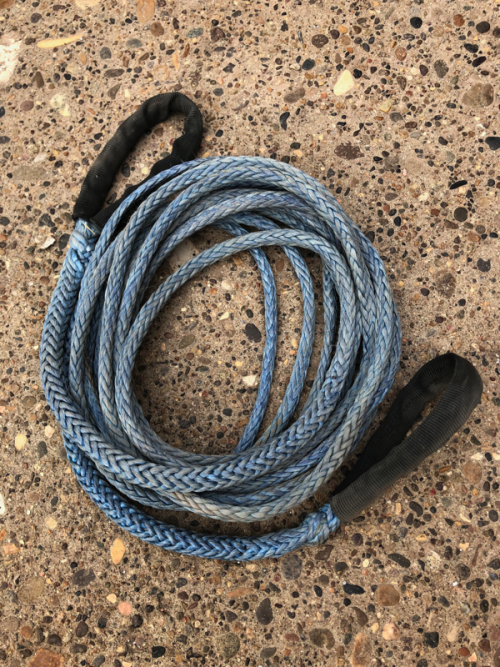Inukshuk
Rising Sun Member
From all I have read (and I am still learning and will edit to correct as needed):
- In all cases, the objective with synthetic rope is to avoid sharp radius bends (such as knots). Think of a knife edge being the sharpest possible "radius" and maybe that will help the explanation)
- Brummel locks no better than a lockstitch. Brummel reduces strength because it is a bend. Handle rope well and even an unlocked deep bury will not come loose during handling. However, Brummel does not cause such a significant strength loss so as to be avoided.
- "Locks" do there job when rope is being handled, not when under tension.
- The point of lack of adequate taper is where most synthetic lines would fail, because the abrupt edge of the end of the buried tail is, in effect, a radius.
- I will make my extensions with decent sized eyes, chafe guard and no thimbles, so I might run straps through, though in practice the ends will a most always be secured through screw pin bow shackles.
- Chafe guard matters.
Last edited:



